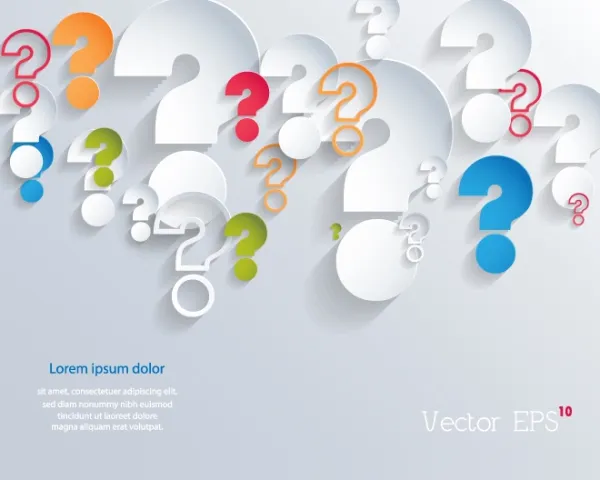5 Tips Will Have You Acing Your ACL Claims
If your surgeons are using pain pumps, then consider it part of the surgery.
As many as 300,000 Americans tear or rupture an anterior cruciate ligament (ACL) each year. But the fact that arthroscopic ACL surgery is common doesn’t mean coding the procedure is straightforward. Tackle some of the variations that arise in ACL procedures with these five expert tips.
Tip 1: Think 29999 for Thermal Shrinkage
Question: How should I report arthroscopic ACL thermal shrinkage?
Answer: Some surgeons use thermal treatments to tighten a stretched ACL. CPT® does not offer a particular code for thermal shrinkage, so if the procedure is performed entirely with thermal shrinkage you should use 29999 (Unlisted procedure, arthroscopy).
The medical community has noted that thermal shrinkage isn’t always successful, so you’re unlikely to see a dedicated code for this procedure in the future.
And studies have shown the ACL eventually stretches back out over time after this procedure. So, many carriers consider thermal shrinkage procedures experimental or not medically necessary and do not reimburse for this service.
Tip 2: Keep an Included/Excluded Procedure Checklist
Question: May I report 29880 (Arthroscopy, knee, surgical; with meniscectomy [medial AND lateral, including any meniscal shaving]…) with 29888 (Arthroscopically aided anterior cruciate ligament repair/augmentation or reconstruction)?
Answer: You should be able to report these codes together.
In fact, according to the American Academy of Orthopaedic Surgeons (AAOS), ACL reconstruction (29888) does not include knee arthroscopy codes 29874 and 29877-29883. Remember: For non-Medicare patients, the AAOS Global Service Data (GSD) book says that to report 29874 (Arthroscopy, knee, surgical; for removal of loose body or foreign body [e.g., osteochrondritis dissecans fragmentation, chondral fragmentation]), you should have documentation of “arthroscopic removal of loose or foreign bodies greater than 5mm or through a separate incision.”
CCI sidenote: Correct Coding Initiative (CCI) edits bundled 29880 into 29888 at one point, but CCI deleted the edit retroactive to its creation date: Jan. 1, 1996. However, CCI still bundles 29874 and 29877 (Arthroscopy, knee, surgical; debridement/shaving of articular cartilage [chondroplasty]) into 29888. So, expect these bundles if your payer requires you to apply CCI guidelines to your claims. Medicare: For Medicare, you should report G0289 (Arthroscopy, knee, surgical, for removal of loose body, foreign body, debridement/shaving of articular cartilage [chrondroplasty] at the time of other surgical knee arthroscopy in a different compartment of the same knee) rather than 29874 or 29877 if the physician performed a loose body removal or chondroplasty in a separate knee compartment.
Example: The surgeon performs an arthroscopic-aided ACL repair and performs medial meniscus repair and partial lateral meniscectomy. You should report 29888 for the ACL repair, 29882-51 (Arthroscopy, knee, surgical; with meniscus repair [medial OR lateral]; Multiple procedures) for the medial meniscus repair and 29881 (… with meniscectomy [medial OR lateral, including any meniscal shaving]…) for the partial lateral meniscectomy. Remember, only report modifier 51 to those payers who accept it. And if the payer requires you to follow CCI guidelines, you should append modifier 59 (Distinct procedural service) to override the mutually exclusive edit for 29881 and 29882. Follow your payer’s preference for which code to append modifier 59 to.
Included: The AAOS GSD includes a long list of intraoperative services in the global service package. Some of those services include the following:
- minor synovial resection for visualization (such as 29875)
- partial synovectomy and fat pad resection (such as 29875, 29976)
- intra-articular ligament reconstruction (such as 27428, 27558)
- diagnostic knee arthroscopy (such as 29870)
- arthroscopic lysis of adhesions (such as 29884)
- knee manipulation (such as 27570).
Note: Payers include graft harvest and insertion in 29888, whether the graft is a patellar tendon or a hamstring tendon. But if the surgeon obtains the graft from the opposite leg or other distant site, you may report the harvesting with the appropriate code (such as 20924, Tendon graft, from a distance [e.g., palmaris, toe extensor, plantaris]).
Not included: Other services the AAOS GSD indicates you may report alongside 29888 include (but aren’t limited to) the following:
- meniscectomy (such as 29880, 29881)
- meniscus repair (such as 29882, 29883)
- extra-articular augmentation, excluding illiotibial band screw tenodesis (such as 27427)
- arthroscopic chondroplasty, abrasion, multiple drilling or microfracture (such as 29877, 29879)
- arthroscopic removal of loose bodies, as discussed above (29874).
Tip 3: Include Pain Pump in Global Fee
Question: May I report 11981 (Insertion, non-biodegradable drug delivery implant) for postsurgical pain pumps implanted during ACL procedures?
Answer: You should not bill postsurgical pain pumps separately. You should consider it part of the global fee for the surgery. (Remember: Postsurgical pain management by the surgeon is part of the global package, according to the Medicare Claims Processing Manual, chapter 12.)
Consider this: You don’t code drain placement at the end of a procedure separately, and placing a pain pump is as difficult as placing a drain.
Tip 4: Prove Extra Redo Work to Payers
Question: What code represents an ACL reconstruction redo?
Answer: There is no code that specifies ACL revision or redo in the descriptor.
Option 1: You may report unlisted arthroscopy procedure code 29999.
Option 2: You may report 29888-22 (Increased procedural services).
Remember that for either of these options, you will need to show the payer the extra work your surgeon put in, demonstrating how ACL revision can be more complex than the typical 29888 service. Example: The surgeon may document taking out a previously placed tendon graft, revising tibial or femoral tunnels, and putting extra effort into dissection because of scar tissue. You may also see the removal of hardware used in the index surgery (i.e., screw or endobutton).
Tip 5: Expect Some Differences in ACL Procedures
Question: What are some of the different variations you may see for ACL reconstruction procedures?
Answer: You’ll find various techniques based on type of tear, type of patient, acute versus degenerative. The type of procedure is based upon physician preference and may be bone-patella-bone reconstruction, hamstring reconstruction, allograft reconstruction, extra-articular reconstruction, and double bundle reconstruction techniques, experts say.
The key is to locate documentation that the surgeon uses a graft to replace the damaged ACL for reconstruction (or sews the ends together in the less common ACL repair).




